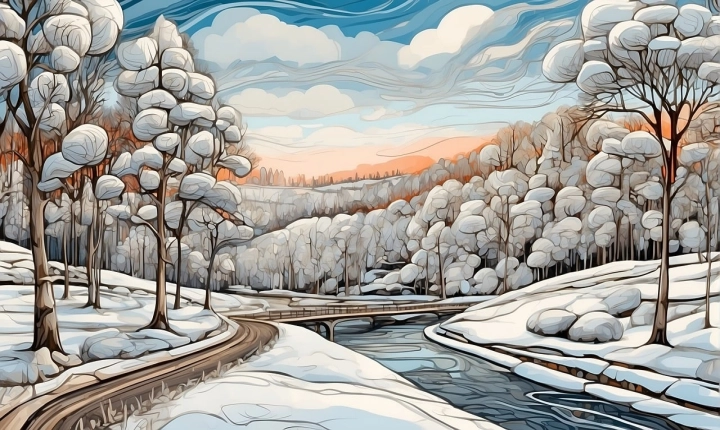Title: How to Create an AI that Makes Art
Artificial intelligence has increasingly been used to perform a variety of tasks, and creating art is no exception. With advancements in machine learning and deep learning algorithms, it is now possible to develop AI systems that can generate original and compelling artwork. In this article, we will explore the steps involved in creating an AI that makes art.
1. Define the Objectives:
Before starting the development process, it’s important to clearly define the objectives of the AI art creation. This could include generating original paintings, creating digital artwork, or producing music compositions. Understanding the specific goals will help in selecting appropriate algorithms and techniques for the AI.
2. Collect and Prepare the Data:
The foundation of any AI art creation project is the data. This could involve compiling a large dataset of paintings, photographs, or music compositions. The data should be of high quality and diverse, representing various styles and genres. Additionally, the data needs to be pre-processed to ensure it is suitable for training the AI model.
3. Choose the Right Algorithms:
There are several algorithms and techniques that can be used to create AI that makes art. Generative Adversarial Networks (GANs), Recurrent Neural Networks (RNNs), and Convolutional Neural Networks (CNNs) are some of the popular choices for generating artistic content. The selection of algorithms will depend on the specific objectives and type of art being created.
4. Training the AI Model:
Once the data and algorithms are in place, the next step is to train the AI model. This involves feeding the data into the model and adjusting the parameters to optimize the output. The training process may take a significant amount of time, depending on the complexity of the model and the size of the dataset.
5. Testing and Validation:
After the AI model has been trained, it’s crucial to test and validate its performance. This involves evaluating the output of the model and comparing it with human-created artwork. It’s important to ensure that the AI-generated art meets the desired quality standards and style objectives.
6. Refinement and Iteration:
Creating AI that makes art is an iterative process. After testing and validation, there may be a need to refine the model and make adjustments to improve the quality of the output. This could involve tweaking the algorithms, fine-tuning the parameters, or expanding the dataset.
7. Ethical and Legal Considerations:
As AI-generated art becomes more prevalent, it’s important to consider the ethical and legal implications. This includes issues related to copyright, ownership of the generated artwork, and the potential impact on the traditional art market. It’s essential to navigate these considerations and ensure that the AI art creation process is conducted ethically and responsibly.
In conclusion, creating AI that makes art is an exciting and challenging endeavor. With the right data, algorithms, and training, it’s possible to develop AI systems that can produce original and compelling artistic content. As the field of AI continues to evolve, the potential for AI-generated art to contribute to the creative landscape is limitless.
